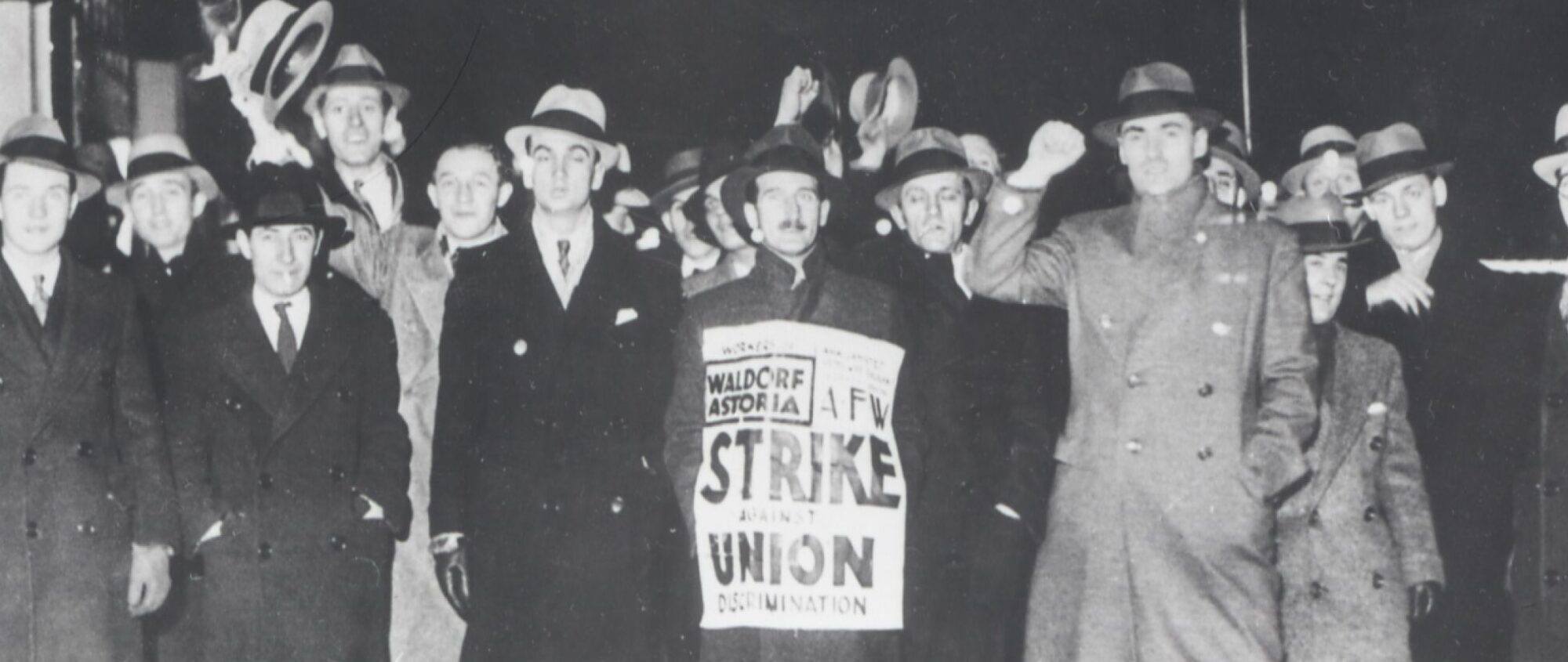Misjudging Labor
On June 13 the Supreme Court once again sided with a multibillion-dollar corporation over its workers. The case of Starbucks Corp. v. McKinney concerns seven employees, now known as the Memphis Seven, whom Starbucks fired in February 2022 as they tried to unionize their store in Tennessee. (Because federal law prohibits employers from retaliating against organizing, the company naturally claims they were let go for violating workplace policies.) The National Labor Relations Board (NLRB), the agency tasked with guaranteeing workers’ rights to join unions and negotiate contracts, was quick to intervene. Directed by the Biden-appointed General Counsel Jennifer Abruzzo, NLRB staff filed for a preliminary injunction to force Starbucks to reinstate the fired activists while the case was fully litigated.
Such requests are rare. The NLRB only makes them when companies glaringly violate labor law and the agency is confident that courts will decide the case in the workers’ favor. In August 2022 a lower-court judge agreed and granted the injunction.
That six-month wait for a modicum of justice was blazing speed by the standards of United States labor law. It was too fast for the Supreme Court, which, in an 8-1 decision, reversed the injunction. The justices ruled that when courts consider the NLRB’s injunction requests, rather than using a legal standard specific to labor disputes that gives the board relative deference, they must use a more restrictive standard known as “the traditional four-factor test,” as articulated in the 2008 case Winter v. Natural Resources Defense Council, Inc. Among the factors considered are the “balance of equities” (meaning that the ruling is fair to both sides) and that an injunction serves the “public interest.” Both factors are a matter of opinion. Put simply, the Court is placing its own views over the expertise of the NLRB’s professional staff, in the name of a “traditional” test that’s as old as a teenager. Continue reading “Misjudging Labor”
“Why should we worry about organizing groups of people who do not want to be organized?”
The AFL and CIO merged in 1955, and union organizing–particularly measured by union win rates in NLRB elections–began a long, slow decline. Although the labor movement in New York City took an additional four years to unite, when they finally did they pioneered new organizing in the public sector and health care–pointing the way towards a labor movement that could survive Reagan and worse.
I could–and probably will–keep writing different versions of this lede. This is why I found Dave Kamper’s new piece at the Forge interesting. Its main thrust is trying to find reasons to be optimistic about the revival of the labor movement after the Teamsters’ UPS victory, and the relatively successful Amazon and Starbucks organizing. It’s mostly fine; a reasonable amount of navel-gazing, nostalgia and a bit of scientific reasoning of a middle aged guy who’s dedicated his life to the theory that we can’t have political or social democracy without a strong labor movement and worked his ass off towards that end. Which is to say, it’s the sort of thing I would have written if I could have been arsed.
Making Sense of the 1950’s Teamsters
The American Federation of Labor and Congress of Industrial Organizations merged in 1955, with big talk and high hopes for organizing the remaining non-union strongholds in the nation’s economy. Three years later, they were laying off organizers on staff and settling into a routine, on the way to a long, slow decline towards a loss of power, influence and bargaining power.
In New York City, though, the newly merged federation approached new union organizing with something like messianic zeal–pioneering new union organizing in the public sector and in health care, and fighting for a labor college and statewide system of socialized medicine–at least until the fiscal crisis. Continue reading “Making Sense of the 1950’s Teamsters”
